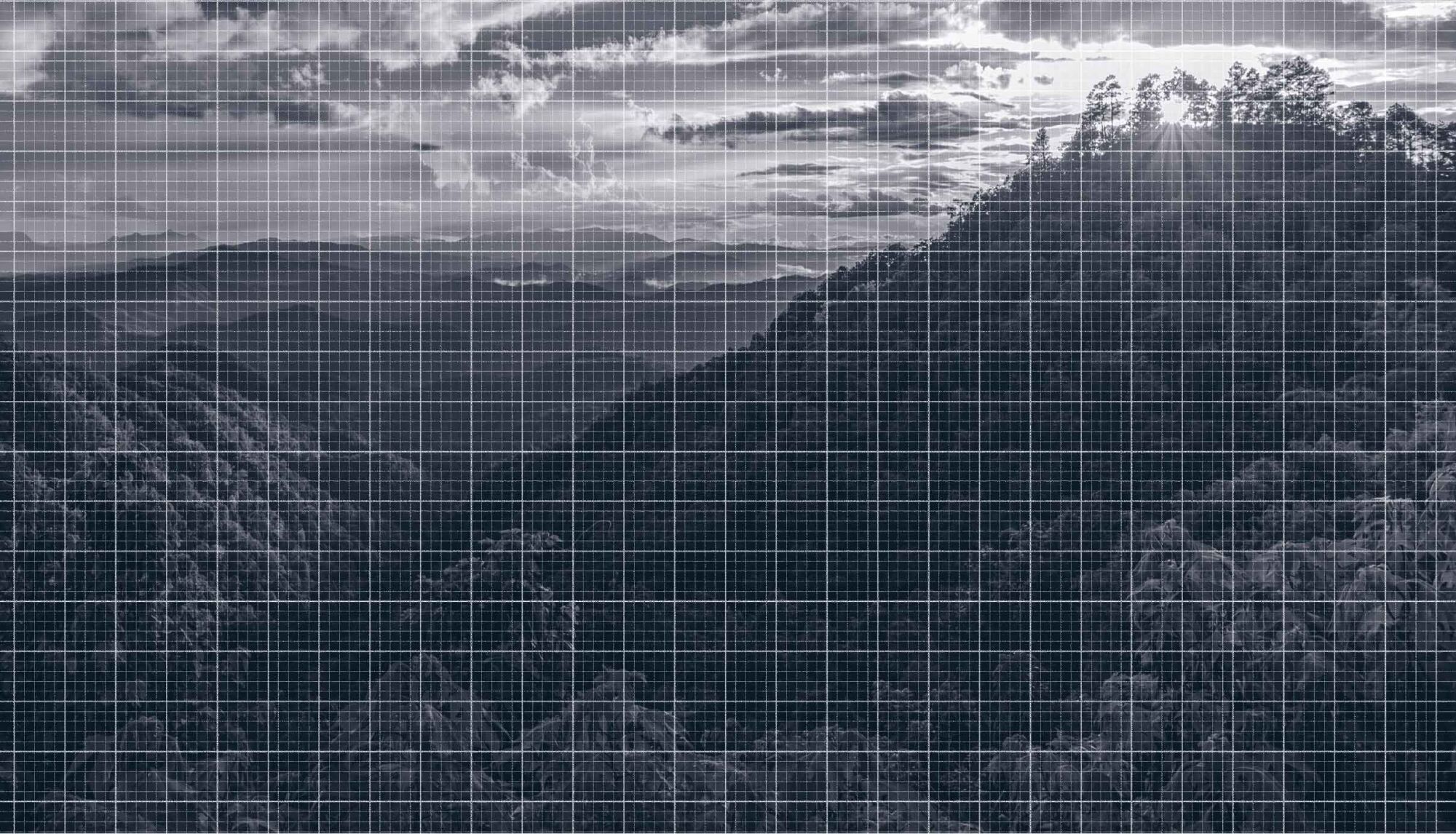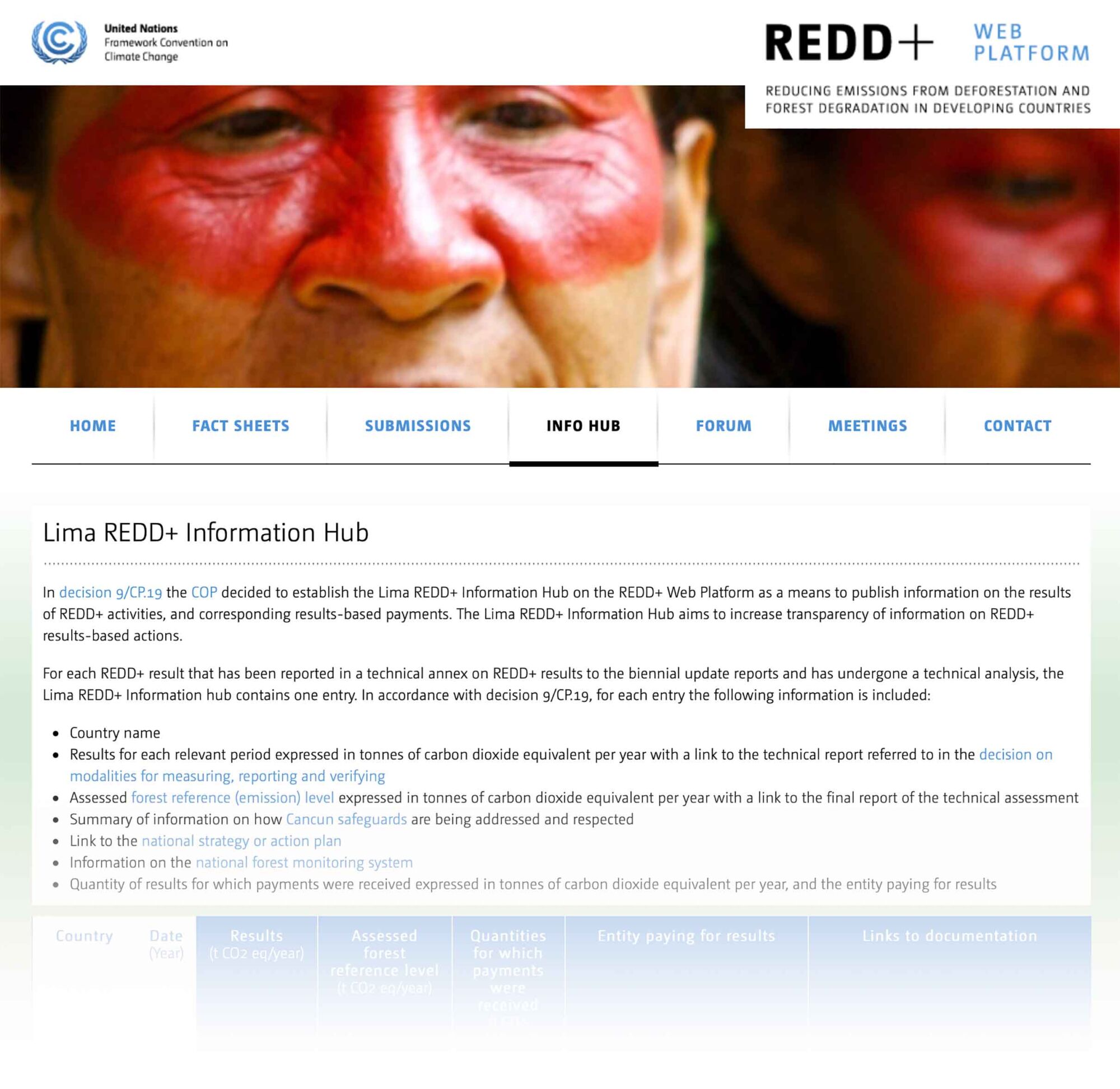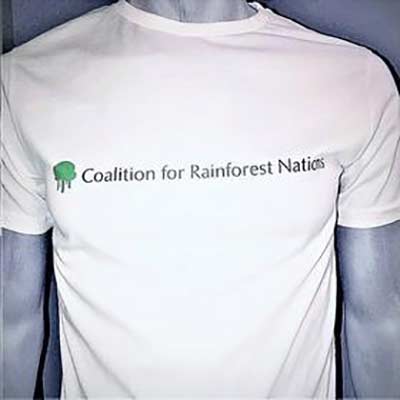
Corporate Buyers Guide: How REDD+ Sovereign Credits Are Created
Many rainforest nations, like Gabon, Papua New Guinea, Belize and others, which don’t have a strong industrialized base, are prioritizing climate leadership over economic growth. Instead of profiting from issuing government concessions to deforest for commercial agriculture and timber, these countries are focused on the preservation of their forests. Recognizing the importance of rainforests which remove and store carbon from the atmosphere, the UNFCCC and the Paris Agreement have included them in a global framework called REDD+
REDD+ is a framework designed to compensate these countries for their efforts to combat the climate emergency.
This article demonstrates how the measurement, reporting and verification (MRV) of REDD+ works under that of the Paris Agreement, and how sovereign carbon is created.
Sovereign carbon is an asset generated from a netted reduction or removal of CO2 from the atmosphere by the rainforests of a developing nation under REDD+. A REDD+ Result is the term used for the net reduction or removal. REDD+ Results are expressed in tonnes of CO2 equivalent per year.
REDD+ sovereign carbon credits utilize the UNFCCC REDD+ MRV system. The full set of decisions are captured under Article 5.2 of the Paris Agreement. Over 190 nations have agreed on the modalities and process of measurement, reporting, and verification (MRV) that generates REDD+ Results, which follows the standards for measuring greenhouse gas emissions set by the Intergovernmental Panel on Climate Change (IPCC), the foremost authority on the subject.
Each REDD+ Result represents a nature-based Forestry sector sovereign claim from a rainforest nation, under its nationally determined contribution (NDC), or decarbonization pledge to the Paris Agreement.
Once a country has clearly shown that it has slowed, stopped or reversed deforestation, reduced or removed emissions, and gone through the UNFCCC REDD+ MRV process, they are awarded REDD+ Results by UNFCCC which they can issue as REDD+ sovereign carbon credits. The next section outlines that process:

The REDD+ Sovereign Carbon Credit Process
Phase 1: Readiness
The first phase of the process consists of four core elements of REDD+ mechanism as defined the Conference of the Parties, the supreme decision-making body of the United Nations Framework Convention on Climate Change, the entity tasked with leading the global response to the climate emergency.
Step 1: Create a National REDD+ Strategy
A National REDD+ Strategy or Action Plan is one of the elements developing countries must create when implementing REDD+ activities. In accordance with decision 9/CP.19 a country must have one in place and a link to it should be provided to in the Lima REDD+ Information Hub, where all REDD+ filings are made available to the public. The plan is highly dependent on national circumstances. It should address the drivers of deforestation and forest degradation, land tenure issues, forest governance issues, gender considerations, and the REDD+ safeguards including the full and effective participation of relevant stakeholders, such as indigenous peoples or local communities.
Step 2: Demonstrate a National Forest Monitoring System
A national forest monitoring system is required by COP decision 1/CP.16. The key to any functional measurement and reporting of forest carbon is reliable data on forest area and forest area changes. As early as 2009 the COP adopted guidance on the establishment of robust and transparent monitoring systems. The systems should use a combination of remote sensing and ground-based forest carbon inventory approaches for estimating anthropogenic forest-related greenhouse gas (GHG) emissions by sources and removals by sinks, forest carbon stocks and forest area changes.
Step 3: Establish a Safeguards Information System
A system for providing information on how the REDD+ safeguards are being addressed and respected is one of the elements required of developing countries. This is meant to ensure that when implementing REDD+ activities the actions are consistent with national legislation; respect the rights of indigenous peoples; and take into account the need for sustainable livelihoods of indigenous peoples and local communities and their interdependence on forests as reflected in the United Nations Declaration on the Rights of Indigenous Peoples.
Step 4: Generate a Forest Reference Level Emission Level or Forest Reference Level (FREL/FRL) and Submit to the UNFCCC
A national forest reference emission level and/or forest reference level is one of the elements required of developing countries implementing REDD+ activities, according to COP decision 1/CP.16. Reference levels are expressed as tonnes of CO2 equivalent per year for a reference period against which emissions results and removals from a results period will be measured. Reference levels serve as benchmarks for assessing each country’s performance in implementing REDD+ activities. They should be transparent, complete, consistent with the guidance agreed by the COP and accurate. The information should be guided by the most recent IPCC guidance and guidelines, as adopted by the COP. The FREL/FRL is then submitted to the UNFCCC.
Phase 2: Implementation
Step 5: Review
Once submitted, the FRL is analyzed and reviewed by an independent team of reviewers chosen from the UNFCCC’s Roster of Experts. The reviewers provide the country with a Technical Assessment, full guidance for which is provided in COP decision 13/CP.19. Among other things, the technical assessment checks to see that the FREL/FRL maintains consistency contained in national greenhouse gas inventories; and how historical data have been taken into account; as well as for transparency, consistency, and accuracy. The technical assessment is publicly available on REDD+ Info Hub.
Step 6: Submit
Emissions reductions, expressed in tonnes of carbon dioxide equivalent per year (CO2 eq) are measured and reported in this step. The country compares them to the baseline (FRL) to estimate emissions reductions over the crediting period. They are reported in the technical Annex of the country’s Biennial Update Report (BUR). The BUR is a key reporting requirement for the country’s efforts under the Paris Agreement.
Step 7: Review
An independent Technical Team of Experts analyses the reported emissions reductions. The country also undergoes an International Consultation and Analysis which suggests improvements in measuring and reporting.
Step 8: Complete
The UNFCCC Secretariat reviews all country filings to ensure that the requirements of REDD+ have been met and that the REDD+Results, expressed in tonnes of carbon dioxide equivalent per year (CO2 eq) are included in the Host Country’s national GHG inventory.
Step 9: Report
After the results review is complete the country officially reports its tonnage of REDD+ Results to the public. In decision 9/CP.19 the COP decided to establish the Lima REDD+ Information Hub on the web platform on the UNFCCC website as a means to publish information on the results of REDD+ activities referred to in decision 1/CP.16, paragraph 70, and corresponding results-based payments. It is meant to provide full transparency on REDD+ results, and all the documentation related to their creation and

Phase 3 – Access to Finance
The following three steps describe the commercial transfer process that authorizes the transfer of UNFCCC REDD+ Results-based payments into REDD+ sovereign carbon credits, called REDD+ Results Units (RRUs )
Step 10: Registry
With the approval of the national government, REDD.plus then creates a national registry in partnership with IHS Markit, serializes each metric tonne of emissions reductions, and converts the REDD+ results in carbon credits, called, REDD+ Results Units, called sovereign credits.
REDD.plus registry is an online infrastructure tool to track environmental credits through their lifecycle and is designated the official National Registry of the relevant country under the Paris Agreement rulebook for the purposes of issuing REDD+ Results. Only government accounts may issue RRUs, known as sovereign credits, authorized under the Paris Agreement.
Step 11: How to Buy
Any non-government entity wishing to purchase an RRU must apply for an account on the REDD.plus Registry and agree to its terms. Once your account has been approved, you will receive an email from HIS Markit and REDD.plus. This will then open the opportunity to purchase directly with the issuing countries.
The Registry also acts as Reporting Agent, ensuring RRUs have been duly authorized by the country and tracks them through their lifecycle, reporting to the UNFCCC as required.


